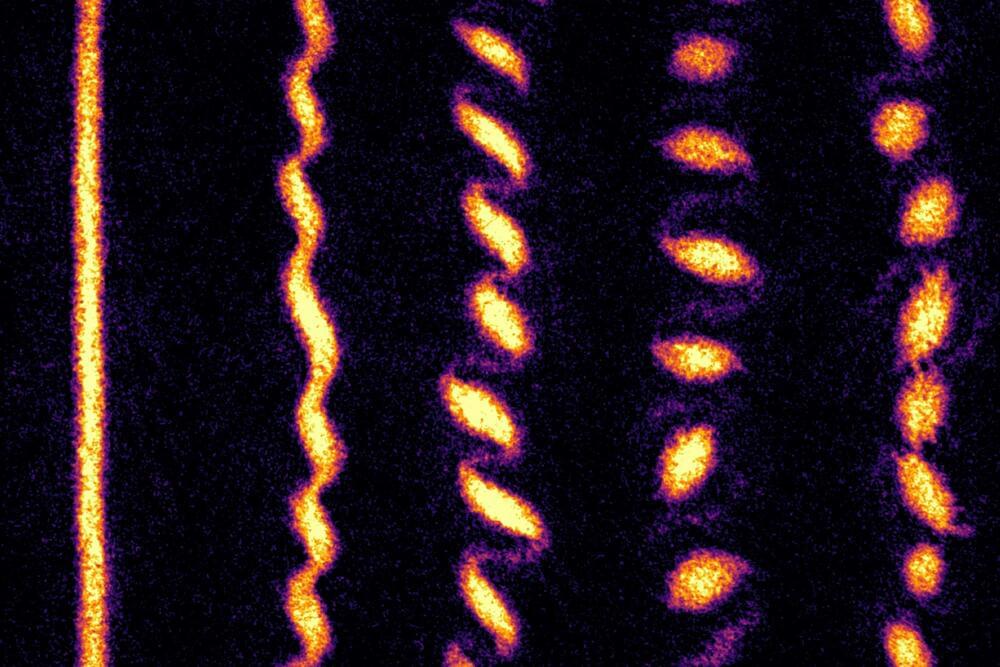Jan 8, 2022
A better black hole laser may prove a circuitous ‘Theory of Everything’
Posted by Quinn Sena in categories: cosmology, engineering, particle physics, quantum physics
😮 circa 2021.
The fundamental forces of physics govern the matter comprising the Universe, yet exactly how these forces work together is still not fully understood. The existence of Hawking radiation — the particle emission from near black holes — indicates that general relativity and quantum mechanics must cooperate. But directly observing Hawking radiation from a black hole is nearly impossible due to the background noise of the Universe, so how can researchers study it to better understand how the forces interact and how they integrate into a “Theory of Everything”?
Continue reading “A better black hole laser may prove a circuitous ‘Theory of Everything’” »


















